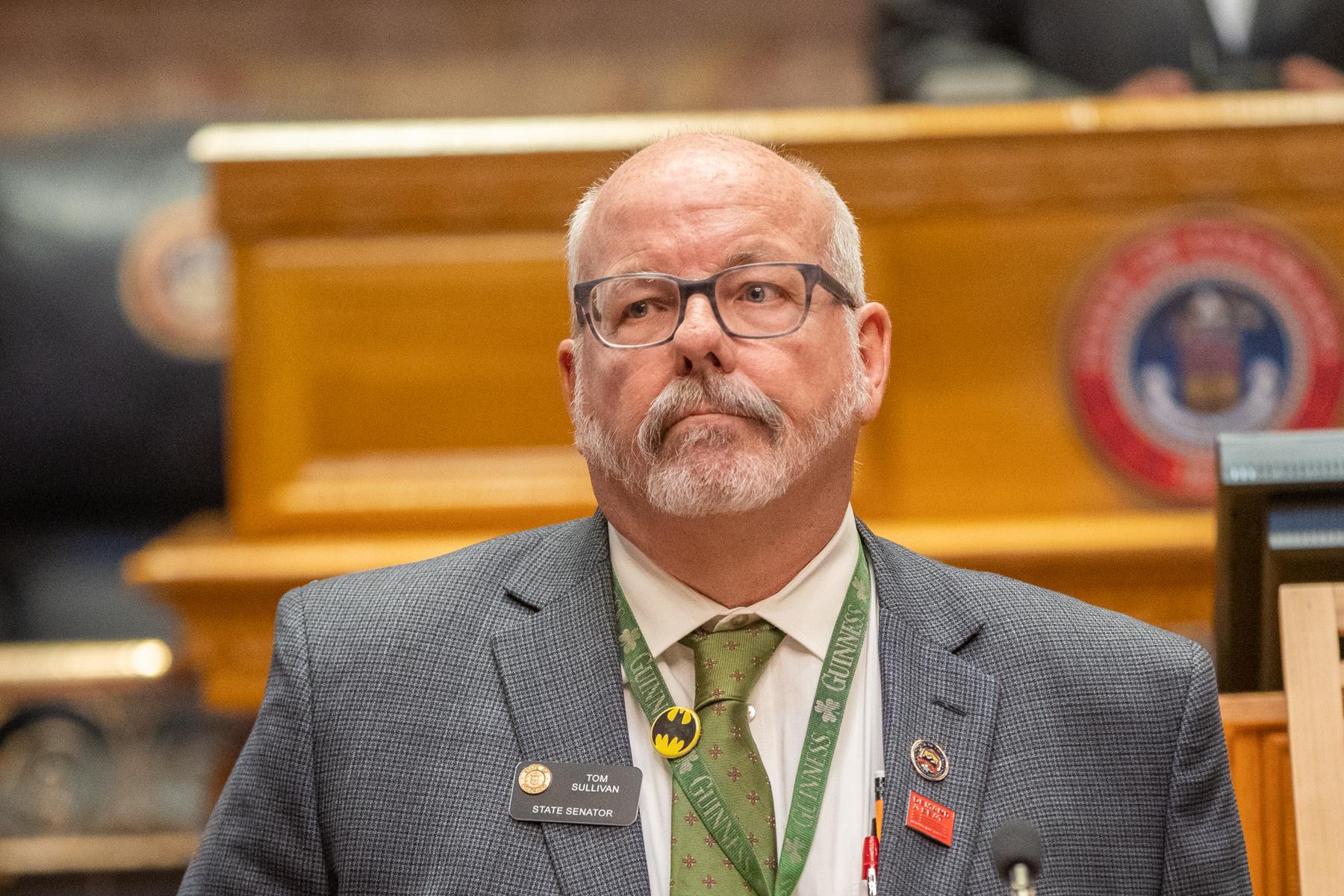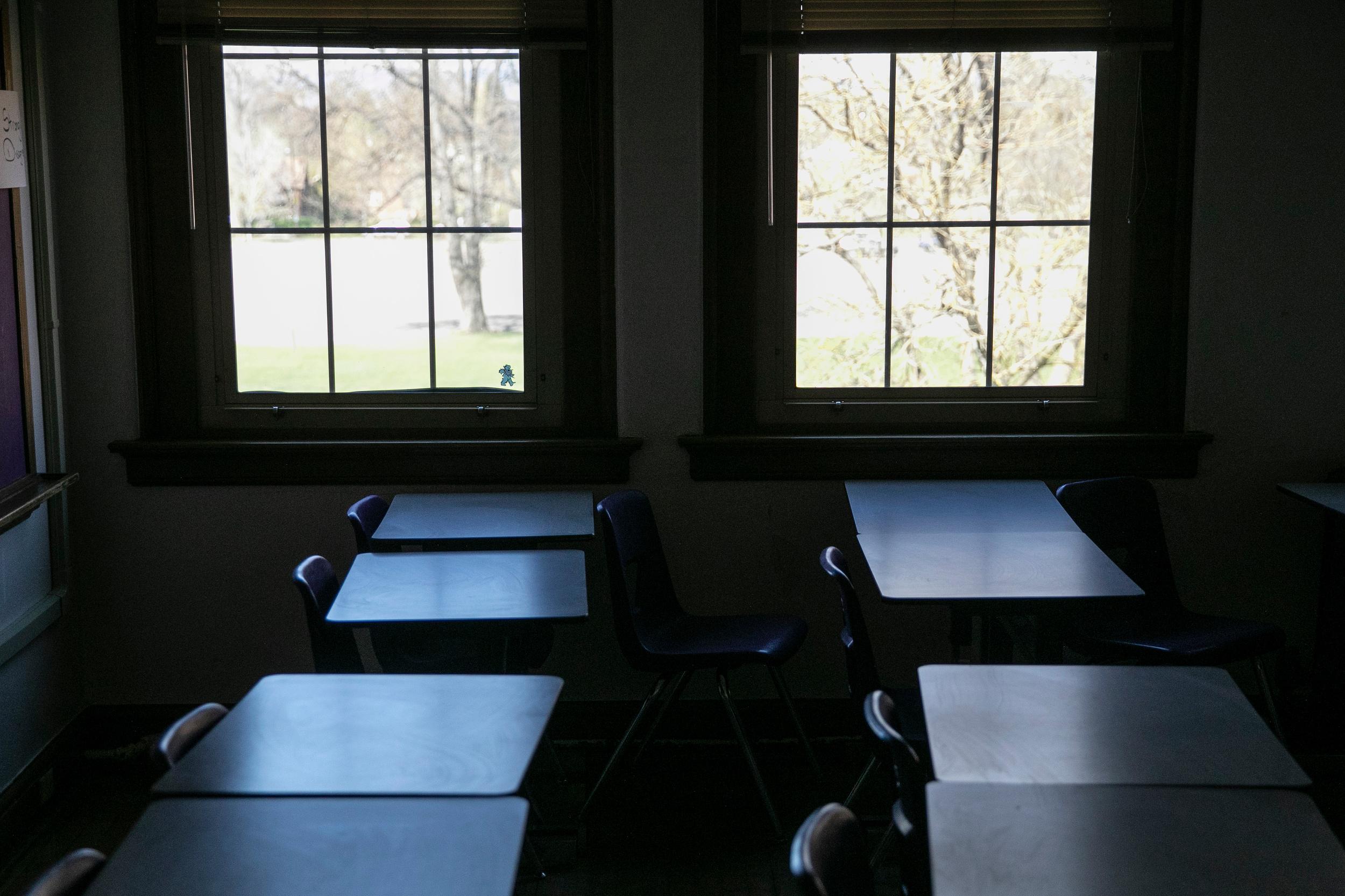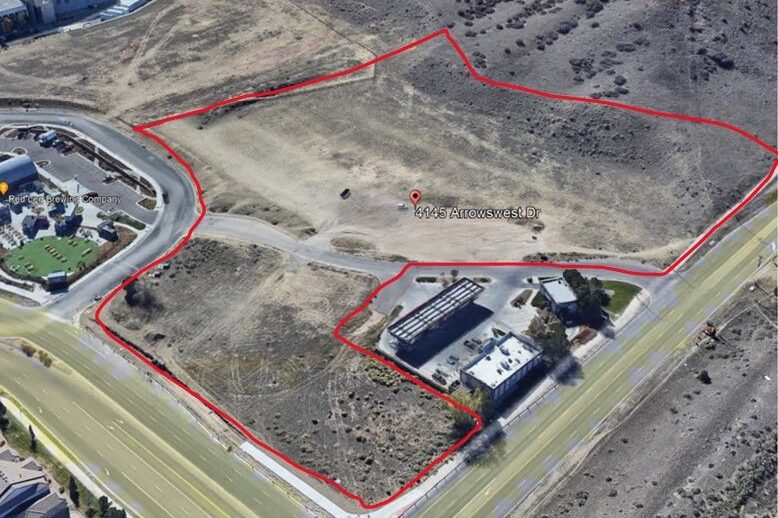
Lawmakers will have difficult decisions to make on school funding issues when they tackle the budget this coming legislative session.
Members of the Joint Budget Committee on Monday received year-end economic forecasts from state budget staffers. One of the key takeaways from their reports was an adjustment to school enrollment and local tax revenue numbers, which will free up $159 million more in school funding than was previously expected.
Statewide pupil enrollment turned out to be lower than what was projected earlier this year. And the share local communities contribute to school funding was greater than what had been anticipated.
“At the end of the day, I’m certainly hopeful that the news today is that we can invest more in our schools,” said Rep. Millie Hamner, D-Dillon, who chairs the Joint Budget Committee.
But budget constraints will limit the options lawmakers on school finance and all other budget priorities this year. Several competing and complicated factors are forcing lawmakers to deal with a budget shortfall, in spite of Colorado having economic conditions that are among the most favorable in the country.
The $159 million in freed-up school funding could either be used to reduce the so-called school funding negative factor – created during lean budget years when per-pupil funding did not keep pace with inflation – or it could be used to reduce state aid for this year’s budget, which will leave more money available for the 2016-17 budget.
A number of budget complexities occurring at the same time are creating the perfect storm for a shortfall. For starters, taxpayers will soon be owed about $156 million in refunds on income tax returns for 2015. That’s because revenue is outpacing spending limits spelled out in the Taxpayer Bill of Rights. TABOR triggers refunds when revenue exceeds the rate of inflation and population growth.
The state is also required to increase K-12 funding to keep up with inflation and enrollment numbers. And the state must meet the demands of increasing Medicaid enrollment rolls.
Additionally, the budget could include the possibility of a transfer of millions of dollars to state transportation funding. That number will depend on the size of the TABOR refunds.
Seeking to mitigate the budget shortfall, Hickenlooper is asking lawmakers to overhaul the state’s hospital provider fee program. The program, which takes in hundreds of millions of dollars in fees based on patient revenue, is currently subject to TABOR limits. Hickenlooper will seek to convert the fee program into a TABOR-exempt enterprise fund.
The governor hopes this move will make more room for budget priorities. The debate over Hickenlooper’s request is expected to dominate the upcoming legislative session.
Editor's Note: An earlier headline on this story stated that the $159 million would go to schools. That is not a certainty, as the current headline reflects.









